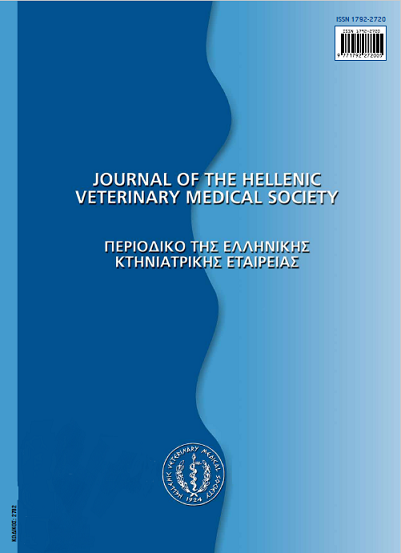Transglutaminases - a review with special reference to microbial transglutaminase and its application in food processing
Аннотация
Some properties and applications of the transglutaminase (TG), with particular focus on TG derived from microorganisms (MTG), are described. TG catalyzes an acyltransfer reaction in which the γ-carboxyamide groups of pep tidebound glutamine residues are the acyl-donors. Most food proteins, such as legume globulins, wheat gluten and gliadin, egg yolk and egg white proteins, meat actins and myosins, gelatin, collagen, milk caseins, a-lactalbumin and /Mactoglobulin, could be crosslinked by TG. TG are present in an extremely broad spectrum of living organisms, such as humans, most advanced animals, birds, amphibians, fish, plants and microorganisms. Commercial TG has been merely obtained from animal tissues for decades. The limited supply and the complicated separation and purification procedure for obtaining tissue TG have resulted in an extremely high price of the enzyme, which hampers a wide application in food processing. MTG, mass-produced at low cost by fermentation, catalyses the cross-linking of most food proteins through the formation of c-(v-glutamyl) lysine bonds, in the same way as wellknown mammalian enzymes. However, MTG is quite unique from other mammalian TG, since it is totally independent of Ca + and has a relatively lower molecular weight. The results of many studies suggest that MTG has many potential applications in food processing. Food treated with MTG appeared to have an improved flavour, appearance and texture. In addition, this enzyme can increase shelf-life and reduce allergenicity of certain foods. Using additional components, such as sodium ceseinate, maltodextrine and starch, MTG can be customized for use in many other foods, even those with lower protein content. In this respect, MTG technology will be an essential tool for producing acceptable protein foods from non-animal proteins in the future.
Article Details
- Как цитировать
-
TZIKAS (Ζ. ΤΖΗΚΑΣ) Z., & AMBROSIADIS (Ι. ΑΜΒΡΟΣΙΑΔΗΣ) I. (2017). Transglutaminases - a review with special reference to microbial transglutaminase and its application in food processing. Journal of the Hellenic Veterinary Medical Society, 56(4), 311–324. https://doi.org/10.12681/jhvms.15091
- Выпуск
- Том 56 № 4 (2005)
- Раздел
- Review Articles
Authors who publish with this journal agree to the following terms:
· Authors retain copyright and grant the journal right of first publication with the work simultaneously licensed under a Creative Commons Attribution Non-Commercial License that allows others to share the work with an acknowledgement of the work's authorship and initial publication in this journal.
· Authors are able to enter into separate, additional contractual arrangements for the non-exclusive distribution of the journal's published version of the work (e.g. post it to an institutional repository or publish it in a book), with an acknowledgement of its initial publication in this journal.
· Authors are permitted and encouraged to post their work online (preferably in institutional repositories or on their website) prior to and during the submission process, as it can lead to productive exchanges, as well as earlier and greater citation of published work.






